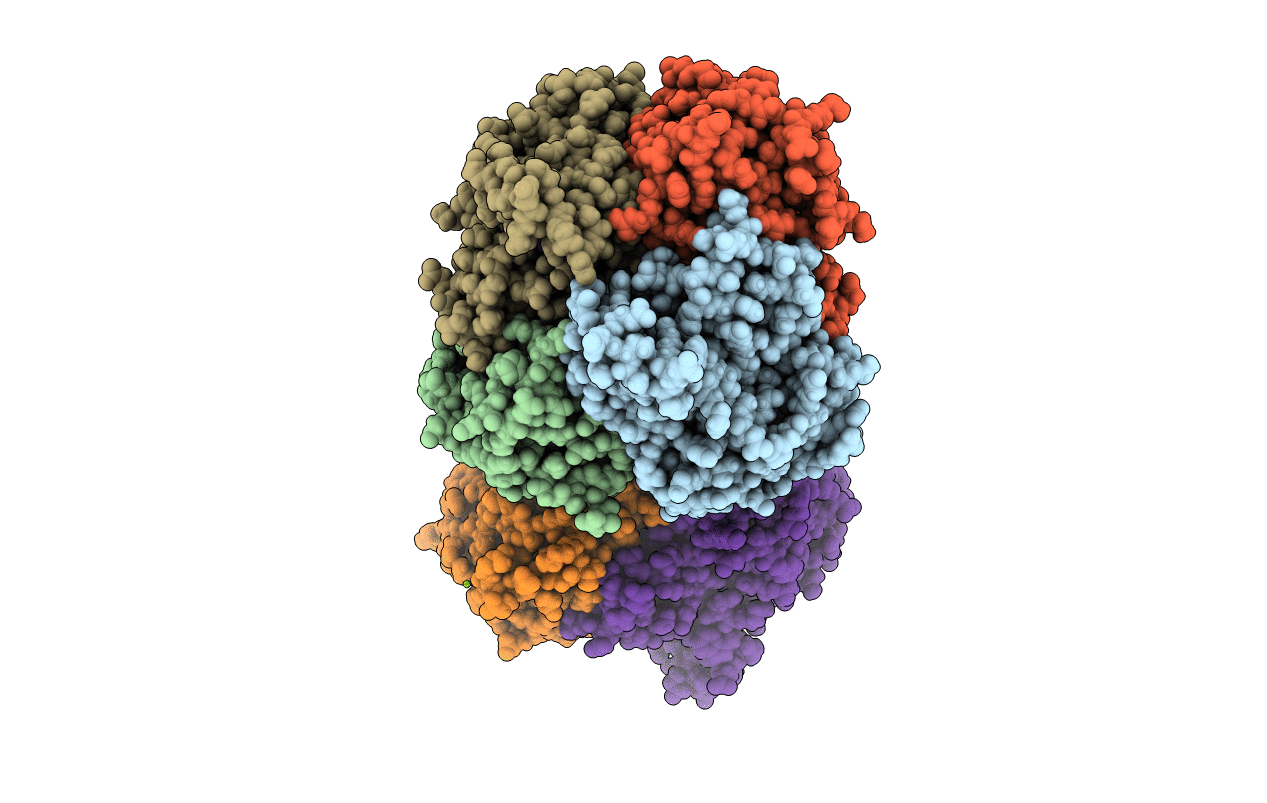
Deposition Date
2015-05-15
Release Date
2015-11-04
Last Version Date
2023-11-08
Entry Detail
Biological Source:
Source Organism:
Corynebacterium sp. (Taxon ID: 1720)
Host Organism:
Method Details:
Experimental Method:
Resolution:
2.20 Å
R-Value Free:
0.20
R-Value Work:
0.16
R-Value Observed:
0.16
Space Group:
C 2 2 21


